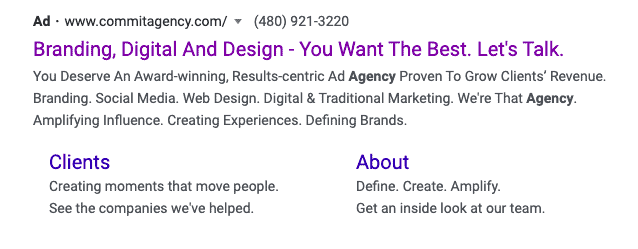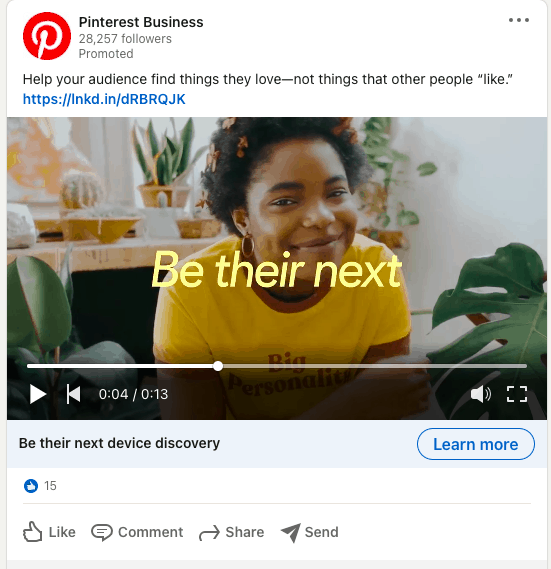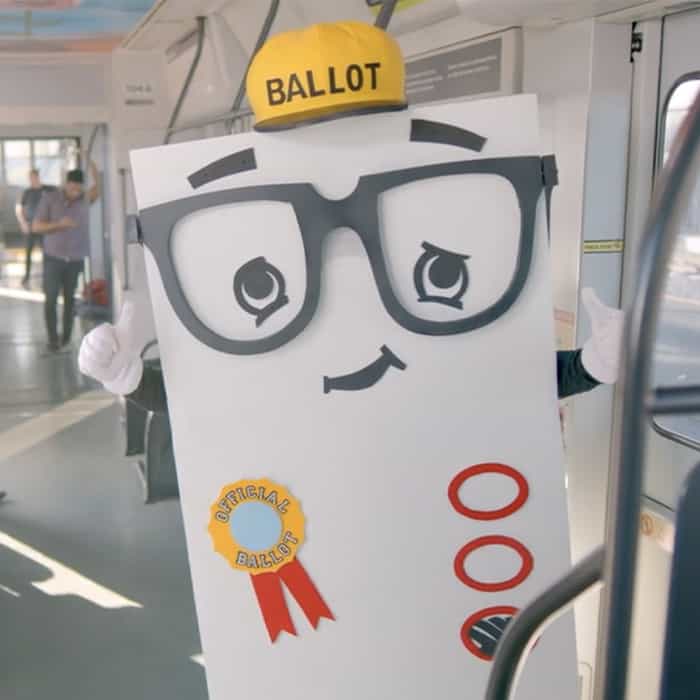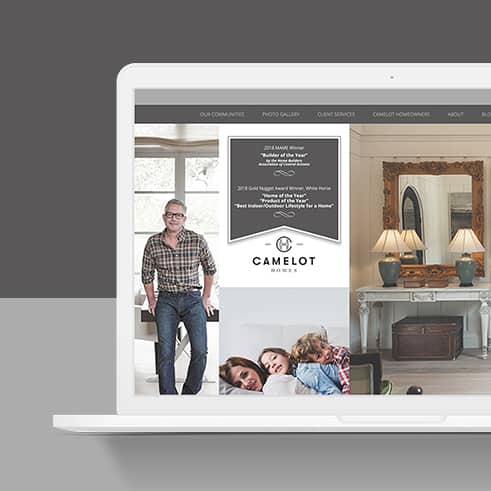Smart, effective and compelling ad copy is an essential piece of every successful marketing campaign or advertising strategy. Great ad copy often needs to do a heavy lift: communicate your brand, share the value of your product or service and convert your audience, all within seconds. This type of copywriting is also different from writing long-form or branded content you might see on a blog, website or in an email. It often requires a different approach to writing, adjusting for style and tone, as the copy needs to be memorable but also sharp and easily digestible. And, most of all, it takes a skilled and experienced ad writer to execute.
What Does Effective Copy Look Like
Ad copy refers to advertising copy. It’s often the combination of a headline, supporting text, main body copy and a call to action written to create an ad. As a consumer, you’re likely exposed to ad copy every day when you’re scrolling through social media, shopping at a store, watching television, driving down the interstate, etc. Simply put, ads are designed to communicate the benefits of a product or service and encourage consumers to buy it.
Determining whether ad copy is successful and effective is typically found in the sales data, but from a creative standpoint, there are certain parameters that constitute effective ad copy.
Credible
You never want to put your company’s reputation on the line. Maintaining the integrity of your brand is done so through the extent of honesty in your ad. Ad copy is not an avenue for overpromising or misleading information and could call the credibility of your advertisement into question.
Engaging
The mark of a good advertisement is its ability to grab the attention of its audience. Whether digital, print or radio, effective ad copy should draw in your audience. Exploring various formats of copy — questions, short sentences, purposely misspelled words, etc. — is one way to spark curiosity and get people to read further.
Benefit-Driven
Effective ad copy gets to the point fast. Tell your audience the benefit of your product or service right away. In fact, many copywriters use the benefit to come up with creative headlines. The benefit should always be the lead.
Concise
Many people who see or hear an ad don’t want to sit for long. You risk losing your audience’s attention if your copy is wordy, repetitive or lengthy. Once you’ve written a draft of your ad copy, have an editor review it or review it yourself with a fresh mind. Chances are you can sharpen it up.
Not Offensive
One tactic when writing ad copy is to use shock value to draw the reader in. But as we just learned with Burger King’s offensive tweet for International Women’s Day, it doesn’t always land. Ad copy should not offend your audience.
Relevant
Knowing your audience is one of the first steps when writing an ad. You should know who you’re speaking to and how your product or service is relevant to that group of people. Using seasonality or current events in your copy is one way to stay relevant.
Various Types of Copy
From billboards to Google ads, ad copy can be seen on many platforms. When writing ad copy, you should know the specs of the ad you’re writing. For example, if you’re writing an ad for Facebook, you would want to know how many form fields there are in the ad template and if there are any character limits. Having a visual example is always helpful.

Short-form ad copy is one type of copywriting that has evolved over the last decade. As Google has become the prominent way that consumers find products or services, advertising with Google is a must for most businesses. This type of short copy is typically used for PPC (pay per click) ads. Short-form ad copy consists of a short headline and call to action, and usually focuses on one benefit.

The type of ad copy you’re writing can also be category-driven. You might be writing an educational advertisement. This type of ad doesn’t sell a product or service but rather an intellectual idea. Or you might be writing a B2B advertisement. In that case, your audience isn’t an everyday consumer, but rather your business counterpart.

Whichever type of ad copy you’re writing, it’s always important to gather as much information about the ad as possible.
Tips for Writing Ad Copy
Once you’ve determined the type of ad you are writing, here are some tips for writing effective copy.
Appeal to the wants of your audience. As consumers, we’re constantly on the hunt for the next thing we “need.” Play into that. Whether it’s a material object or a feeling that you’re selling, talk about the benefits that appeal to the desires of your audience.
Think visually
Smart copywriters know that it’s not only what you say that’s important, but also how you say it. When appropriate, using numbers, symbols, or white space, for example, can cut through the clutter. Work with a designer to get the most out of your copy, and be sure to include directional notes (i.e. big bold headline) when submitting your copy.
Grab their attention
When you’re writing ad copy, you’re in the business of selling. Be confident and direct with your ad copy. As a general rule, your most important message should come first. Being direct doesn’t mean you should be boring, though. Have some fun, but don’t let the fluffy stuff get in the way of what’s important.
Use emotion words
Put yourself in your audience’s shoes. What could they be feeling when reading your ad? Angry, excited, anxious, impulsive? Using emotion words can trigger something within your audience to relate, click and convert.
Clear call to action
Make it easy. You have to tell your audience what you want them to do and what they can expect by clicking on the ad. Knowing your audience will help you decide if a call to action should be straightforward (i.e. Click Here) or fun and clever (i.e. You Need This). A call to action with personality can add intrigue to your brand voice, but with so much clutter online, some users prefer a clearly defined action.
Have any questions or need assistance with digital advertising? Contact us at Commit Agency, we’d love to help!




























